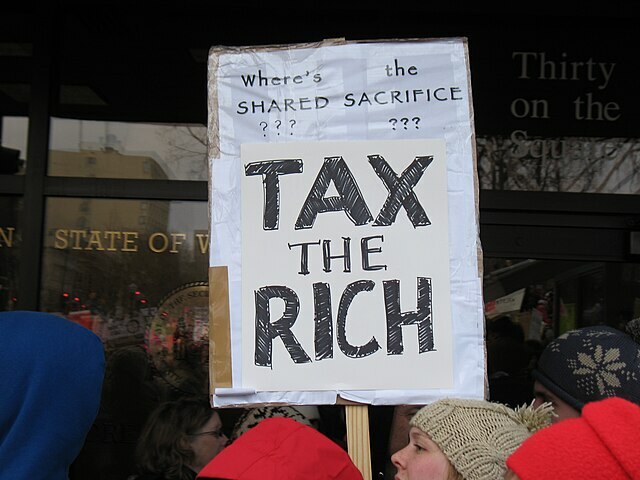While caution remains the budgetary watchword this session, legislative leaders will look for ways to sustain the momentum for tax reform.
On Wall Street, companies can see their share prices fall if growth does not meet investor expectations. If North Carolina government was traded on the stock market, the latest news about revenues beating projections by $150 million might have left investors underwhelmed. Since Fiscal Year (FY) 2013-14, when tax reform first took effect and revenues missed forecasts, actual tax collections have surpassed projections by wider margins.
This year’s budget left $500 million unspent in expectation of relatively slow revenue growth as the latest tax cut comes fully on board. Better than expected revenue growth in FY 2017-18 as a result of federal tax reform provided another $100 million. Adding the recently announced $150 million brings the total unreserved balance that could be used up to $750 million.
Every dollar is needed given all the demands for spending and slower revenue growth as the latest round of tax rate reductions take effect. Sales tax collections should be $100 million higher as a result of the U.S. Supreme Court’s decision in South Dakota v. Wayfair, Inc. that cleared the way for states to force companies to collect sales tax on internet sales. The N.C. Department of Revenue has created its own rules for the collection of sales taxes based on what the Supreme Court indicated was reasonable for South Dakota. But North Carolina has 12 times more people (and its economy is 12 times larger) than South Dakota. The General Assembly should provide more guidance on what is allowed with higher thresholds more appropriate to North Carolina’s population and economy.
Looking ahead for positive tax reforms
If the economy continues to grow and government spending remains in check, there are still plenty of opportunities for streamlining taxes on businesses, which are hidden taxes on workers. Ideally, North Carolina should eliminate the corporate income tax, which is one of the most volatile sources of tax revenue.
The confusingly named “franchise tax,” which applies to all companies and not just franchise businesses, is a tax on the accumulated value of a company’s assets. The John Locke Foundation’s Roy Cordato and the Tax Foundation have explained the many problems with this tax. A first step could be to reduce the minimum assessment from $200 back to $35 to help the smallest companies in a way that would not significantly reduce revenue. Beyond that, phasing out the tax by cutting rates from the current $1.50 per $10,000 would mimic the approach taken so far with the corporate income tax.
Personal income taxes are the largest source of revenue for North Carolina, contributing 55 percent of tax revenue in FY 2017-18. Small reductions in the tax rate can have a large impact on state revenue without a noticeable difference for taxpayers. Capital gains are taxed at the same rate as other forms of income, but as Cordato has explained, it taxes the same dollar twice. When money is earned from work, it is taxed as income. Then, when it is invested in a house, business, or other economically productive purposes that earn a return, the return is taxed, even though a portion of that return is simply keeping up with inflation.
At the federal level, the Trump administration has considered bypassing Nancy Pelosi and Congress to allow indexing of capital gains to exempt the difference in prices that can be tied to inflation. North Carolina could index capital gains to inflation through legislation at a relatively low short-term cost.
Kansas remains an example of how things can go wrong when cuts are too aggressive for the level of spending. North Carolina has been the shining example of successful tax reform. Policymakers’ priority should be on spending this year without losing momentum on tax reforms.


